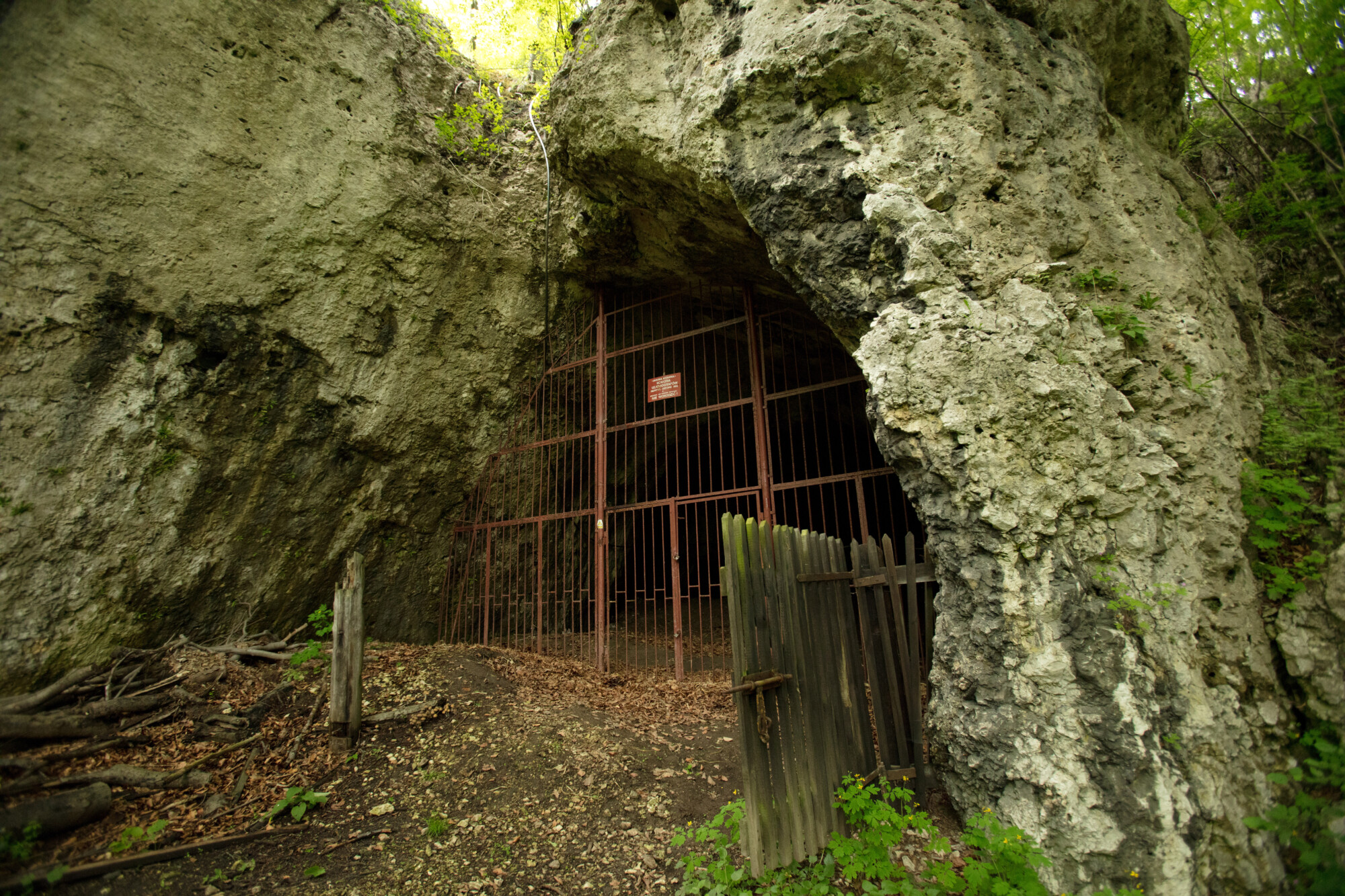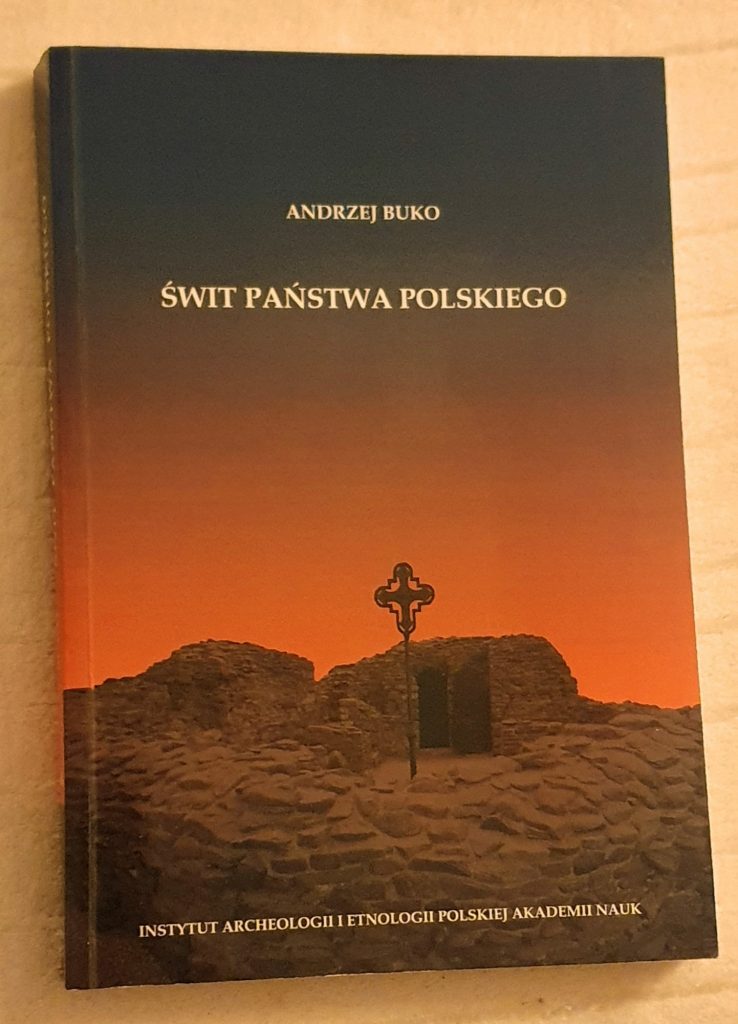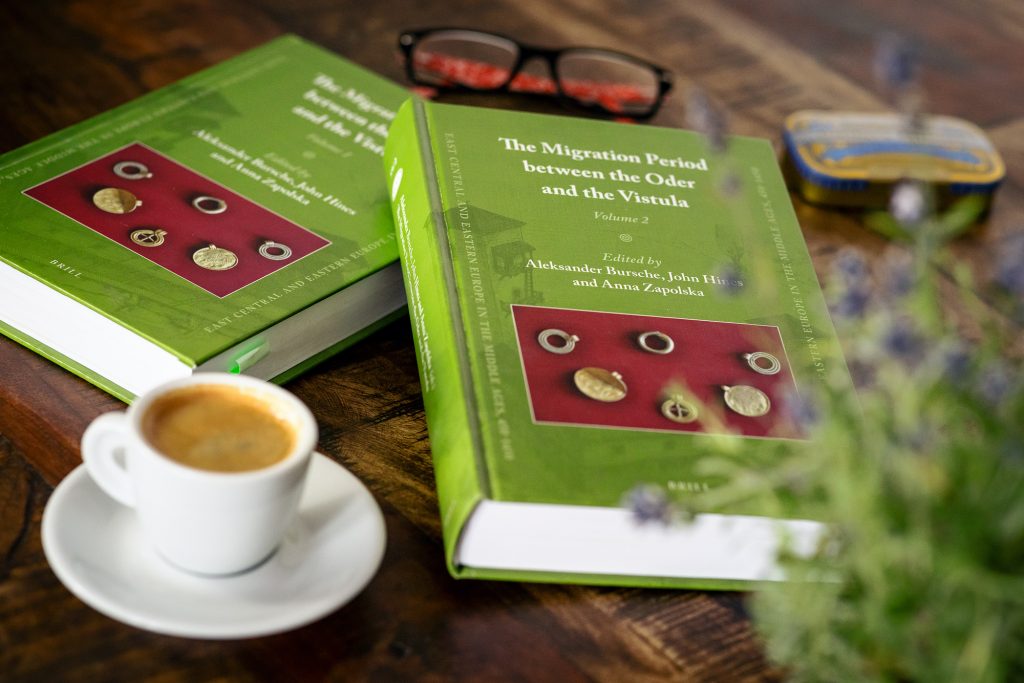The excavations in Koziarnia Cave were a bit of an earthquake. Seriously. The seismograph working continuously deeper in the cave recorded each hit of the rock pick. Geophysicists paid the price so that we, archaeologists, could eventually reveal the mysteries of Koziarnia Cave.

© M. Kot, CC BY-NC-SA 4.0 licence
Continue reading “Mysteries of Koziarnia Cave. Part two – puzzle solved”






